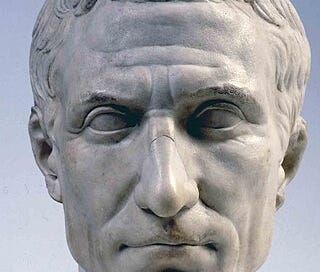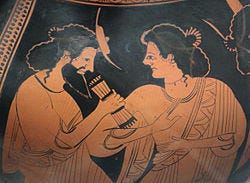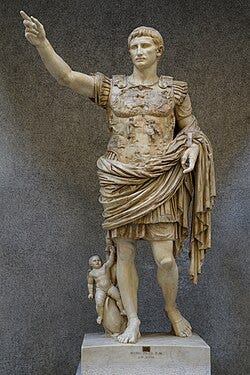The original Roman Calendar had only 10 months and the first month was March( Martius) named after the God of War, Mars. It was generally the month where farming and military campaigns would begin, after a lull.
April was from a Latin word Aperire meaning to open as it was believed the blooming of the flowers, fruits happened around this time.
May was named after Maia, the Roman Goddess of Growth and it was a generally considered the time for pleasure. June was believed to have been named after Juno and was also called Iunius.
July and August were originally named Quintillius and Sextillius, as they were the 5th and 6th months in the calendar. July got it's name from Julius Caesar, who founded the Julian Calendar, and August from Augustus Caesar. Reason why both of them have 31 days each.
Incidentally it was after Julius Caesar, that the practice of affixing Caesar as a title to Roman emperors became the Norm.
And that explains September(7th), October(8th), November(9th), December(10th).
The reason for 10 months calendar, was that winter season was not taken into account.
It was King Numa who is believed to have added January, February to the calendar, so that it covered a standard lunar year of 354 days, and also made them first 2 months.
January gets it's name from Janus, the 2 faced God of Roman mythology, representing a new beginning and transition, while February is named after an ancient purification ritual.









